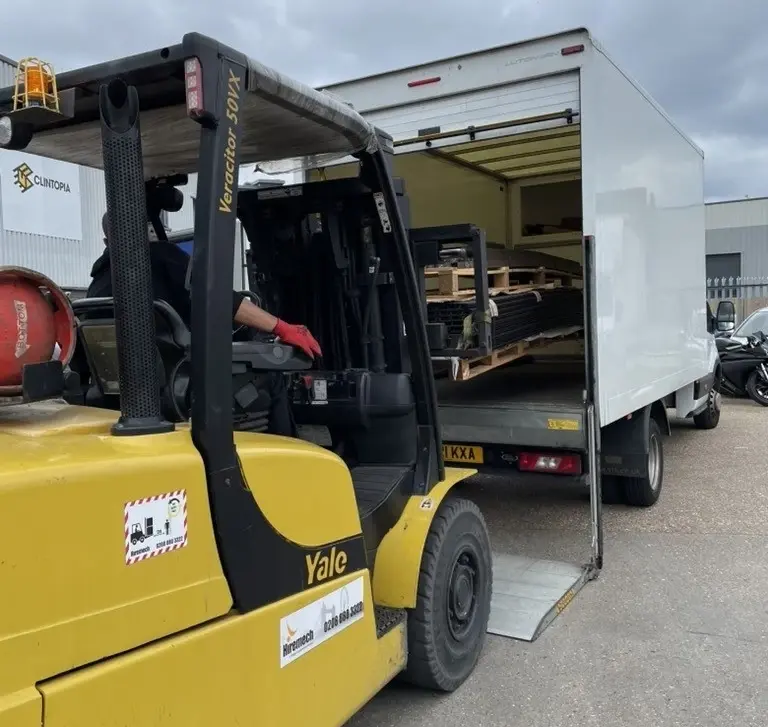Choosing the Right Pallet Size and Type
One of the first decisions you’ll need to make when preparing for pallet freight is choosing the right pallet. Pallets come in various sizes and materials, with the most common being the standard wooden pallet (1200 x 1000mm in the UK). The type and size of your goods will help determine the best pallet for your needs.
Ensuring Proper Pallet Packing
Proper packing is crucial to prevent damage during transit. Heavy items should be placed at the bottom, while fragile goods should be secured and wrapped individually. The weight should be evenly distributed, and the goods shouldn’t exceed the edges of the pallet. Finally, use stretch wrap or bands to secure the goods firmly.
Understanding Pallet Freight Pricing
Pallet freight pricing can be complex, with costs influenced by factors like distance, pallet size, and delivery speed. It’s essential to understand how these factors affect your shipping costs, so you can budget accordingly. Always ask your pallet delivery service for a detailed quote.
Decoding Pallet Freight Lingo
When navigating the world of pallet freight, you’ll come across specific terms and abbreviations. Understanding these is key to effective communication with your freight provider. Some common terms include:
FTL (Full Truck Load):
This term is used when a shipment occupies the entirety of the truck’s available space. FTL is generally chosen when there’s a large volume of goods that need to be transported to the same destination. It can be more cost-effective and time-efficient when there’s a singular destination and urgent delivery needs.
LTL (Less Than Truck Load):
LTL shipments don’t take up the full capacity of a truck. They occupy only a portion of the space. This allows for cost savings as multiple shipments from different customers are combined on the same truck. Ideal for businesses that don’t have enough goods to fill a whole vehicle.
POD (Proof Of Delivery):
A POD is a document that confirms successful delivery. It typically includes the recipient’s signature, and sometimes the date and time of delivery. It’s essential for confirming receipt and resolving delivery disputes.
Navigating Pallet Freight Regulations
Compliance is Key
Different countries and regions may have different regulations regarding pallet freight. For example, in the UK, pallets must comply with certain standards and may require heat treatment if being shipped internationally. Non-compliance can result in delays or penalties, so it’s crucial to understand and follow these regulations.
| Region | Pallet Standard | Compliance Requirement |
|---|---|---|
| UK | BS EN ISO 6780 | Heat-treated |
| EU | EUR | Heat-treated |
| US | National Wooden Pallet and Container Association (NWPCA) | Heat-treated |
Navigating the world of pallet freight can seem complex, but with the right knowledge and a reliable partner, it can significantly enhance your business’s logistics operations.
